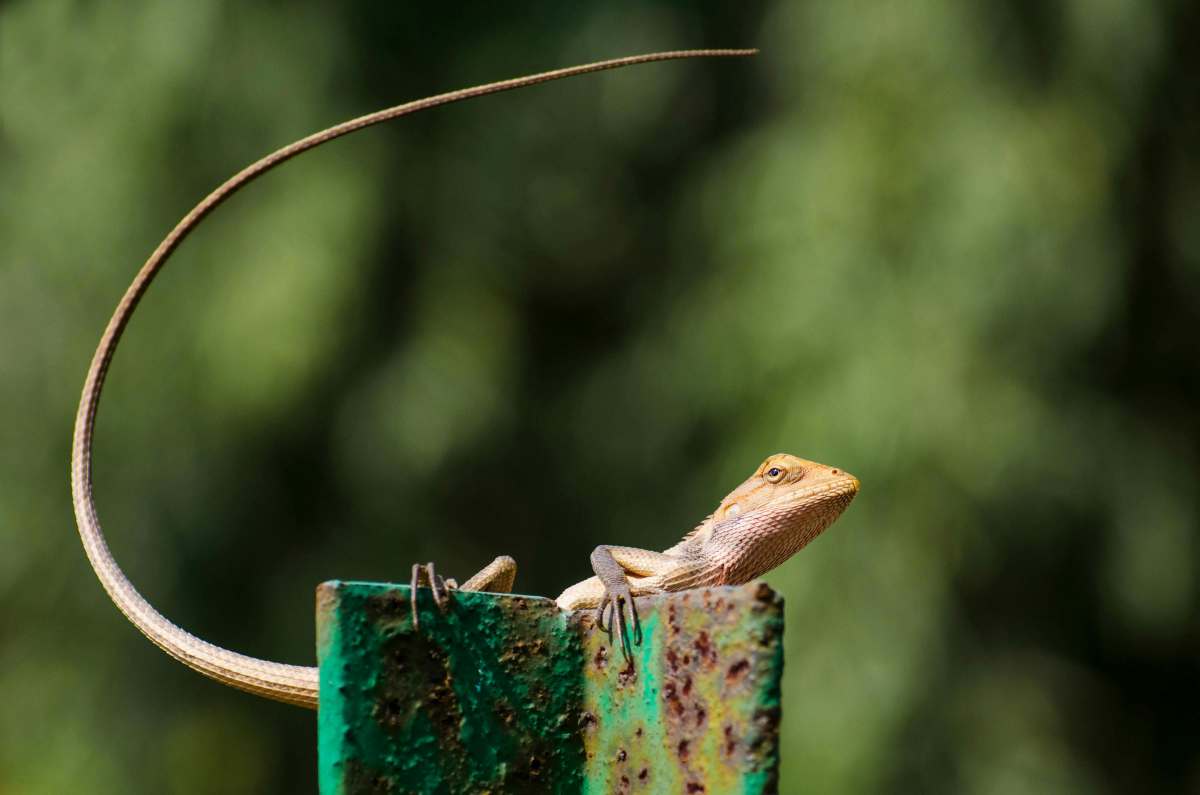This Pet Lizard Boasts a Tail Four Times the Length of Its Body; Holds the Top Spot of 'Longest Tailed' Animal

Some people are fond of keeping cold-blooded reptiles as their pets. These harmless reptiles make a good choice for a house pet. The long-tailed lizards have made a space for themselves in the pet lovers community, according to The Spruce Pets. They are typically identified by their long tail, which happens to be four times the length of their bodies. These lizards are agile and fond of basking under the sun like their fellow reptilian friends.

As mentioned on the Thai National Park's websites, the long-tailed lizard's scientific name is Takydromus sexlineatus. They are native to the southeastern region of Asia, China, and southern Russia, dwelling mostly in damp grasslands at the borders of forests. Their long tails help them a great deal in movements, specifically when they are swimming. It also helps these lizards to distribute their weight evenly and balance while moving swiftly. The lizards are mostly identified by their dark green and brown skin which helps them blend in the grasslands.
Takydromus sexlineatus, or long-tailed grass lizard, has a tail which is normally several times the length of its body. It is native to South East Asia.pic.twitter.com/MYDkQuE1Uu
— Massimo (@Rainmaker1973) November 5, 2023
A brown stripe with a thin white or black border often runs down each side of the long-tailed lizard. The reason they make great pets is because of their easygoing nature and having a life span of five years. The males of this species are known to be highly territorial and they might fight with other lizards if they are kept in the same enclosure. Their tails are also prehensile and they use them to grab onto something and hold their body weights. Pet owners are advised to not hold these lizards by their tails as they may detach. However, they shed their tail when they feel threatened and the tail eventually regrows like other short-tailed lizards.

To make them the perfect house pet, one needs to provide the right environment for the lizards. They can be kept in semi-large enclosures with access to branches, sturdy plants, and vines to give them ample climbing space. These lizards are day-dwelling reptiles who need exposure to ultraviolet light and can survive well through high humidity. Their daily diet consists of crickets, mealworms, waxworms, and flies. To keep them as pets, it is also essential to feed them vitamin and mineral supplements, typically calcium and Vitamin D3.

Some of these lizards that are caught from the wild, happen to be more sensitive towards contracting parasitic infections. We may learn about their health condition by observing them regularly. Most of the time, they become sluggish and show a lack of appetite or vomit, indicating they might have developed a parasitic infection. Sometimes ticks and mites can attack their skin from the outside, too. They also develop respiratory infections and tend to breathe with their mouth open. Housing the long-tailed lizards also requires humans to build the perfect enclosure environment for them and fill it up with mulch, peat moss, and other substrates as they help to retain the humidity in the enclosure.